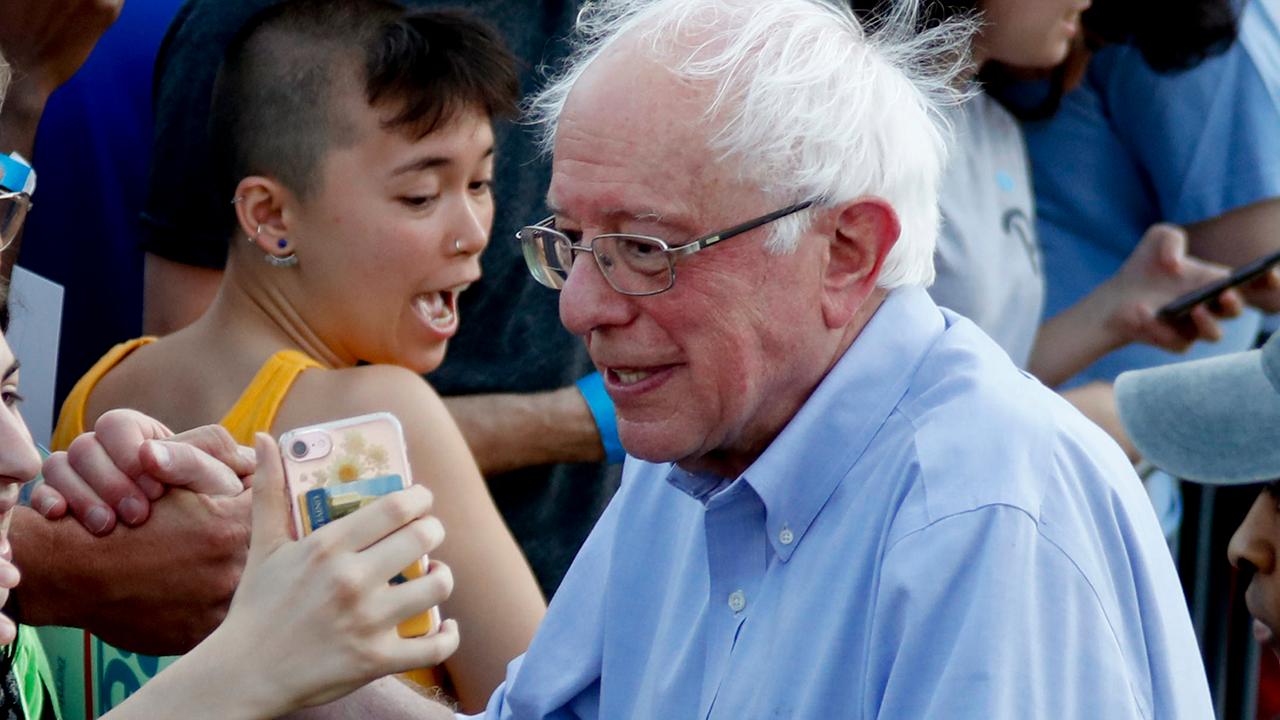
If there’s an argument to be made to skeptical mainstream Democrats for nominating Bernie Sanders, it starts right here in Pennsylvania’s Lehigh Valley.
The 2016 election was a political earthquake in Bethlehem and nearby communities to the north like Wilkes-Barre and Scranton. Here in Northampton County, voters hadn’t gone for a Republican since George H.W. Bush in 1988 before it went for Donald Trump by 4 points. The shift was even more pronounced in Luzerne County (Wilkes-Barre) where the Republican share of the vote increased by 13 points from 2012 to 2016.
Without this region, Trump would have come up short instead of his 44,292-vote nail-biter win in Pennsylvania. And if he had missed with kindred voters in Wisconsin and Michigan, he wouldn’t be president today.
Americans who aren’t familiar with these communities or ones like them stretching out into the industrial Midwest and Appalachia may be tempted to accept the version offered by the scores of journalists who have fanned out in the region over the past four years: Doped up, out of work, undereducated xenophobes who voted for Trump out of some malign impulse for revenge against the elites who had ruined their lives.
Not only does that badly shortchange the people who live here it misses the real dynamics at work.
These counties were certainly up for grabs in 2016. This was rock-solid Obama country and, as the 2018 midterm results showed, the reversal to red was hardly permanent. But Democrats are very nervous that it might happen again. The fascination with former Vice President Joe Biden is related to his strong brand and famous name, yes, but also because he is a son of Scranton. Sheriff Joe, the human firewall.
Sanders, though, has a different argument to make. And it includes a subtle threat.
His campaign points to survey data that say 12 percent of Sanders’ 2016 primary voters ended up voting for Trump in November. That would be something like 1.5 million Democratic primary voters switching sides, and plenty of them were in post-industrial eastern Pennsylvania.
Sanders argues that without him, these voters will drift back to Trump. But he also makes the case that he is the candidate who can best undo the party’s long slide with white, middle class voters. These folks have radicalized and become populists who will only respond to a candidate who promises to attack the bipartisan establishment in Washington and Wall Street.
There’s another theory of the case, however. This holds that Hillary Clinton was the worst big-time politician of her era and certainly the worst Democratic nominee since at least Michael Dukakis. Sanders’ own success actually reinforces this thesis. There’s no way he would have had the stunning success he did in 2016 had it not been for the intense, visceral rejection of Clinton and Clintonism by so many Democrats.
Was Sanders, like Trump, the beneficiary of the black hole that has become the Clinton legacy? Or is he the vanguard of still churning populist revolt that will not be sated until massive change comes to the American way of life?
Tonight, Sanders gets to make his case to a local audience here on the grounds of the old Bethlehem Steel Plant. Will they adjudge him to be a rerun of a played-out drama or the leader of a revolution that has only just begun?
Chris Stirewalt is the politics editor for Fox News. Brianna McClelland contributed to this report. Want FOX News Halftime Report in your inbox every day? Sign up here.
